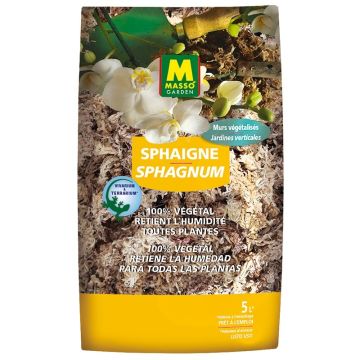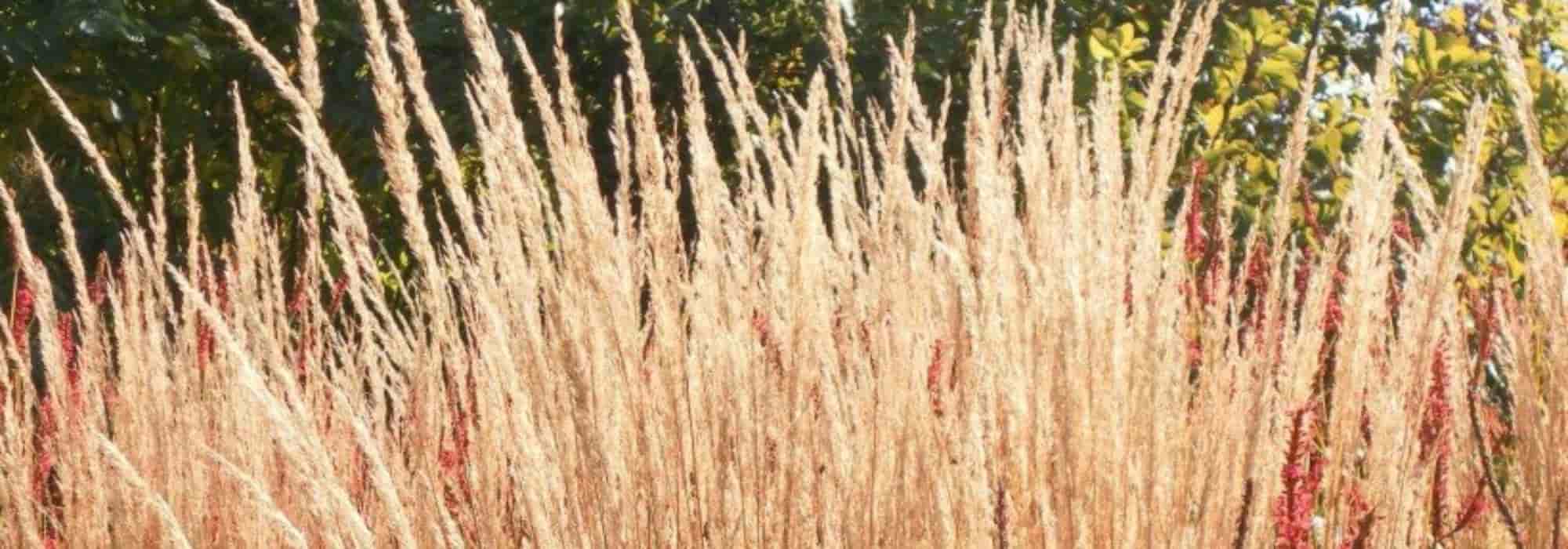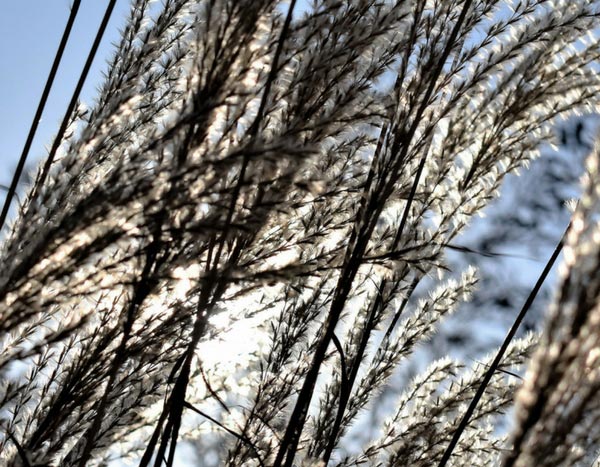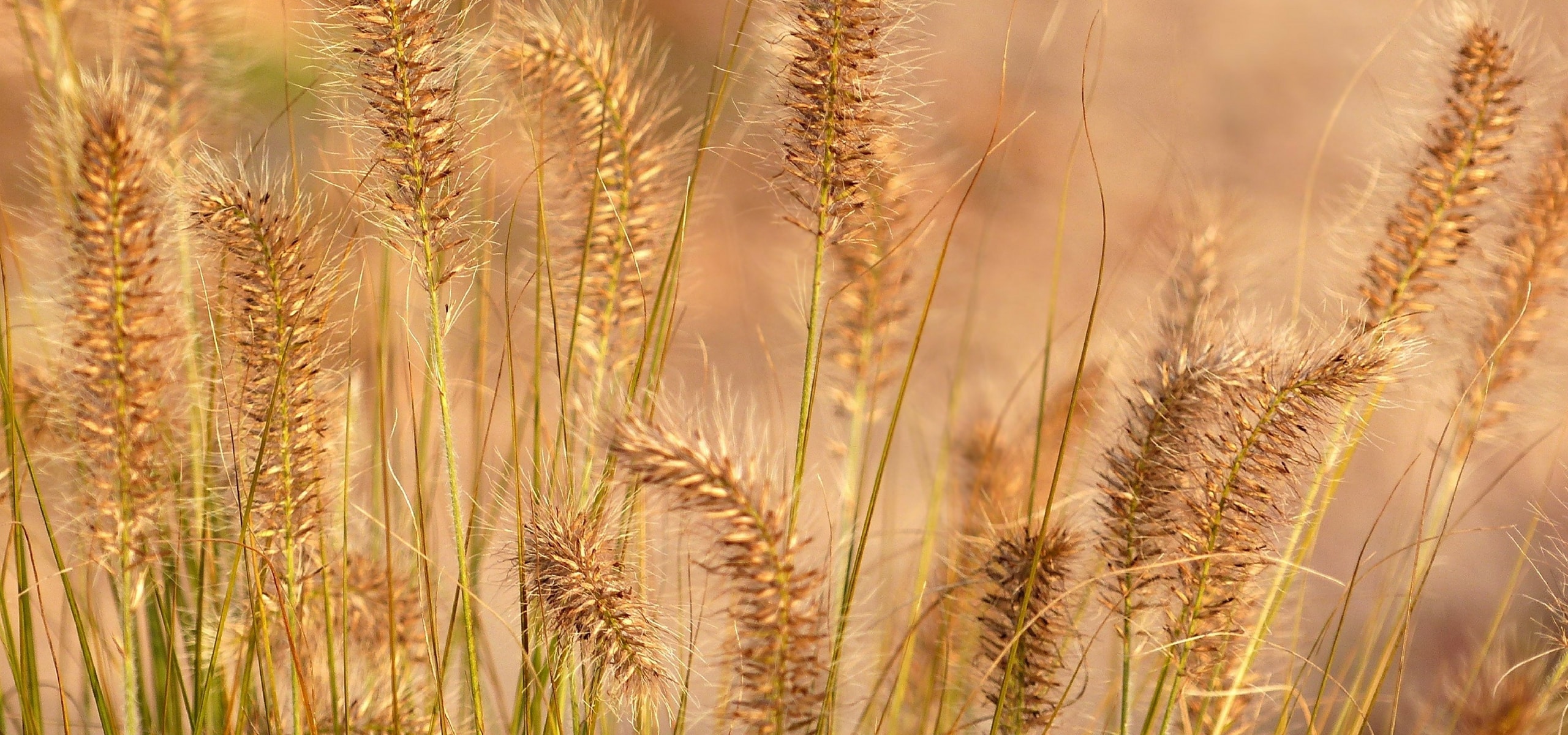

Calamagrostis acutiflora Eldorado - Feather Reed Grass


Calamagrostis acutiflora Eldorado - Feather Reed Grass
Calamagrostis acutiflora Eldorado - Feather Reed Grass
Calamagrostis acutiflora Eldorado
Feather Reed Grass
Special offer!
Receive a €20 voucher for any order over €90 (excluding delivery costs, credit notes, and plastic-free options)!
1- Add your favorite plants to your cart.
2- Once you have reached €90, confirm your order (you can even choose the delivery date!).
3- As soon as your order is shipped, you will receive an email containing your voucher code, valid for 3 months (90 days).
Your voucher is unique and can only be used once, for any order with a minimum value of €20, excluding delivery costs.
Can be combined with other current offers, non-divisible and non-refundable.
Home or relay delivery (depending on size and destination)
Schedule delivery date,
and select date in basket
This plant carries a 12 months recovery warranty
More information
We guarantee the quality of our plants for a full growing cycle, and will replace at our expense any plant that fails to recover under normal climatic and planting conditions.
Does this plant fit my garden?
Set up your Plantfit profile →
Description
The Calamagrostis x acutiflora 'Eldorado' is also known as Hybrid Reed Grass 'Eldorado'. Derived from the famous variety 'Karl Foerster', this cultivar possesses the same aesthetic qualities, adding a beautiful presence to the garden with its slender and swaying habit. It distinguishes itself with generously variegated green foliage with bright yellow in the centre. It is a tall and erect perennial grass, perfect for structuring a space. Very hardy and versatile, it is well-suited for wet soils, but also resistant to dry and poor soils, spectacular at the edge of water features, without ever becoming invasive.
The Calamagrostis acutiflora 'Eldorado' is a robust perennial, sometimes called reed grass, resulting from the hybridisation between C.epigejos and C. arundinacea, also known as 'Stricta'. These grasses from the poaceae family, native to cold regions of Europe and temperate Asia, generally thrive in moist soils, in full sun or partial shade. 'Eldorado' forms an erect clump reaching 1.40m to 1.50m in height and 70cm to 80cm in width, composed of long and slim leaves, flexible and glossy, with a dark greyish or slightly bluish green colour, longitudinally streaked with bright yellow. The flowering stems appear in June-July. They are upright, rigid, and topped with long, thin, very vertical spikes, with an intermediate colour between pinkish-white and bronze, nuanced with green. These elegant plumes are particularly attractive in the morning dew. They then turn a browner colour and, in autumn, become blonde and luminous, the colour of ripe seeds, a hue that remains decorative on the plant for a long time. Practically sterile, this plant is not very inclined to propagate. The deciduous foliage withers quite late, replaced by fresh new foliage early in spring.
Out of the 250 species that make up the Calamagrostis genus, very few are interesting. On the other hand, those that have real ornamental value are remarkably beautiful, like the acutiflora hybrids. The hybrid Reed Grass 'Eldorado' is remarkable for adding a vertical note to the garden. It can be used in many ways and requires little care. In a naturalistic or slightly wild garden, it structures a bed of tall flowering perennials such as Veronicastrum, giant Asters, and Echinaceas. In a more formal or modern garden, its architectural silhouette, when planted en masse, brings beautiful movement. It also adapts very well to container gardening, a cultivation method that showcases its beautiful form.
Flowering
Foliage
Plant habit
Botanical data
Calamagrostis
acutiflora
Eldorado
Poaceae
Feather Reed Grass
Cultivar or hybrid
Other Calamagrostis
View all →Planting and care
Cold-climate grasses, such as Calamagrostis, Deschampsia, Festuca, Helictotrichon, and Stipa, resume their growth in late winter and flower before mid-summer. They are best planted in autumn, which ensures better establishment.
Plant Calamagrostis 'Eldorado' in ordinary soil that is not too fertile, to avoid favouring foliage development over flowering. The plant prefers moist soil but adapts well to occasionally dry and rocky areas, where it will simply be slightly smaller and grow more slowly. Adding compost in spring can be beneficial in very poor soils. Hot locations, as well as water edges, do not bother it. This extraordinary grass also adapts well to cool and deep soil, even clay, as long as it is well-drained.
The dry foliage of calamagrostis can be left as it is until February, as it provides structure and movement in beds abandoned by perennials. Deciduous varieties should be cut back to 10 cm from the ground when vegetation resumes in February-March.
Planting period
Intended location
Care
Planting & care advice
This item has not been reviewed yet - be the first to leave a review about it.
Similar products
Haven't found what you were looking for?
Hardiness is the lowest winter temperature a plant can endure without suffering serious damage or even dying. However, hardiness is affected by location (a sheltered area, such as a patio), protection (winter cover) and soil type (hardiness is improved by well-drained soil).

Photo Sharing Terms & Conditions
In order to encourage gardeners to interact and share their experiences, Promesse de fleurs offers various media enabling content to be uploaded onto its Site - in particular via the ‘Photo sharing’ module.
The User agrees to refrain from:
- Posting any content that is illegal, prejudicial, insulting, racist, inciteful to hatred, revisionist, contrary to public decency, that infringes on privacy or on the privacy rights of third parties, in particular the publicity rights of persons and goods, intellectual property rights, or the right to privacy.
- Submitting content on behalf of a third party;
- Impersonate the identity of a third party and/or publish any personal information about a third party;
In general, the User undertakes to refrain from any unethical behaviour.
All Content (in particular text, comments, files, images, photos, videos, creative works, etc.), which may be subject to property or intellectual property rights, image or other private rights, shall remain the property of the User, subject to the limited rights granted by the terms of the licence granted by Promesse de fleurs as stated below. Users are at liberty to publish or not to publish such Content on the Site, notably via the ‘Photo Sharing’ facility, and accept that this Content shall be made public and freely accessible, notably on the Internet.
Users further acknowledge, undertake to have ,and guarantee that they hold all necessary rights and permissions to publish such material on the Site, in particular with regard to the legislation in force pertaining to any privacy, property, intellectual property, image, or contractual rights, or rights of any other nature. By publishing such Content on the Site, Users acknowledge accepting full liability as publishers of the Content within the meaning of the law, and grant Promesse de fleurs, free of charge, an inclusive, worldwide licence for the said Content for the entire duration of its publication, including all reproduction, representation, up/downloading, displaying, performing, transmission, and storage rights.
Users also grant permission for their name to be linked to the Content and accept that this link may not always be made available.
By engaging in posting material, Users consent to their Content becoming automatically accessible on the Internet, in particular on other sites and/or blogs and/or web pages of the Promesse de fleurs site, including in particular social pages and the Promesse de fleurs catalogue.
Users may secure the removal of entrusted content free of charge by issuing a simple request via our contact form.
The flowering period indicated on our website applies to countries and regions located in USDA zone 8 (France, the United Kingdom, Ireland, the Netherlands, etc.)
It will vary according to where you live:
- In zones 9 to 10 (Italy, Spain, Greece, etc.), flowering will occur about 2 to 4 weeks earlier.
- In zones 6 to 7 (Germany, Poland, Slovenia, and lower mountainous regions), flowering will be delayed by 2 to 3 weeks.
- In zone 5 (Central Europe, Scandinavia), blooming will be delayed by 3 to 5 weeks.
In temperate climates, pruning of spring-flowering shrubs (forsythia, spireas, etc.) should be done just after flowering.
Pruning of summer-flowering shrubs (Indian Lilac, Perovskia, etc.) can be done in winter or spring.
In cold regions as well as with frost-sensitive plants, avoid pruning too early when severe frosts may still occur.
The planting period indicated on our website applies to countries and regions located in USDA zone 8 (France, United Kingdom, Ireland, Netherlands).
It will vary according to where you live:
- In Mediterranean zones (Marseille, Madrid, Milan, etc.), autumn and winter are the best planting periods.
- In continental zones (Strasbourg, Munich, Vienna, etc.), delay planting by 2 to 3 weeks in spring and bring it forward by 2 to 4 weeks in autumn.
- In mountainous regions (the Alps, Pyrenees, Carpathians, etc.), it is best to plant in late spring (May-June) or late summer (August-September).
The harvesting period indicated on our website applies to countries and regions in USDA zone 8 (France, England, Ireland, the Netherlands).
In colder areas (Scandinavia, Poland, Austria...) fruit and vegetable harvests are likely to be delayed by 3-4 weeks.
In warmer areas (Italy, Spain, Greece, etc.), harvesting will probably take place earlier, depending on weather conditions.
The sowing periods indicated on our website apply to countries and regions within USDA Zone 8 (France, UK, Ireland, Netherlands).
In colder areas (Scandinavia, Poland, Austria...), delay any outdoor sowing by 3-4 weeks, or sow under glass.
In warmer climes (Italy, Spain, Greece, etc.), bring outdoor sowing forward by a few weeks.























































